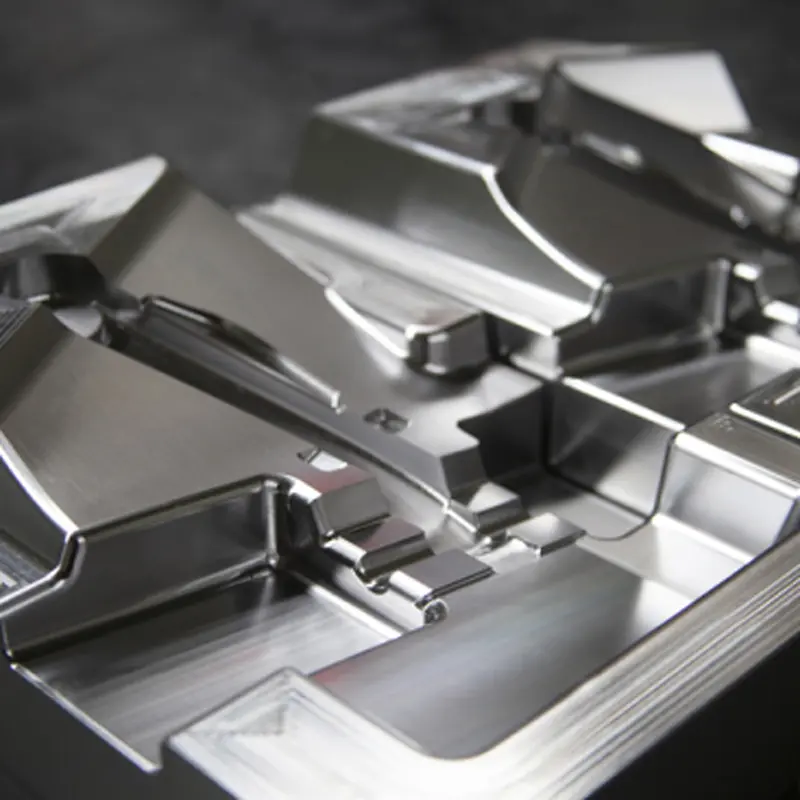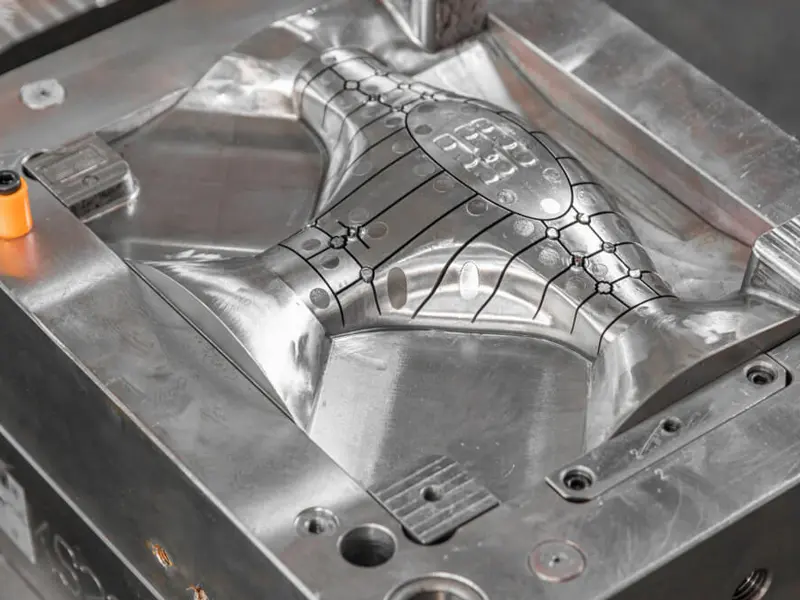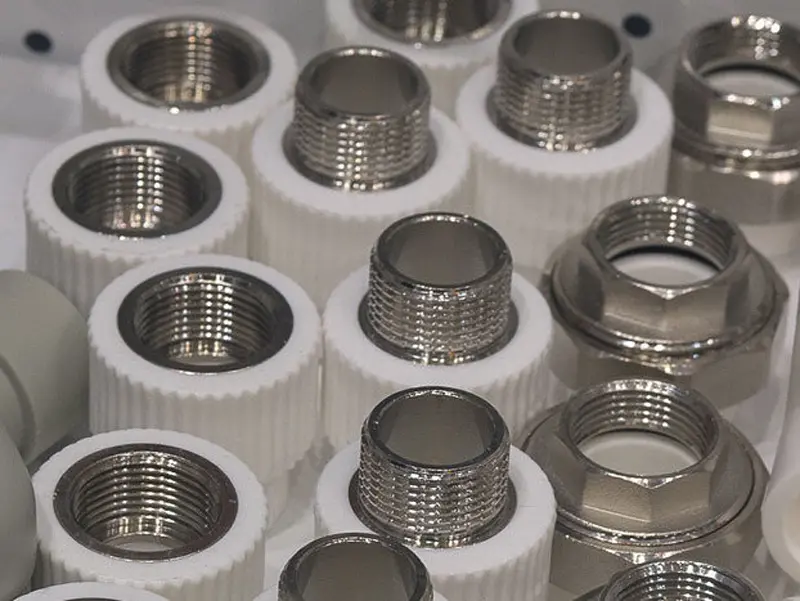what materials can you 3d print
what materials can you 3d print? there are a variety of materials that can be used for 3D printing, depending on the specific type of 3D printer and the desired application. Here are some of the most common materials used in 3D printing:
Plastics: Plastics are one of the most widely used materials in 3D printing. They are available in a range of formulations, including polylactic acid (PLA), acrylonitrile butadiene styrene (ABS), nylon, and polycarbonate. Plastics are often chosen for 3D printing because they are relatively inexpensive, easy to work with, and can be used to create a wide range of objects.
Resins: Resins are another popular material for 3D printing, particularly in stereolithography (SLA) and digital light processing (DLP) printers. These materials are typically liquid polymers that are cured using UV light, allowing for high-resolution and detailed prints. Resins can be formulated to have different properties, such as flexibility, durability, and transparency.
Metals: 3D printing with metals is becoming increasingly popular, particularly in industries such as aerospace, automotive, and medical. Metals such as aluminum, stainless steel, titanium, and nickel alloys can be used to create strong and durable parts that are suitable for end-use applications. However, metal 3D printing can be more expensive and complex than printing with other materials.
Ceramics: Ceramic materials can also be used for 3D printing, allowing for the creation of objects with high heat resistance and durability. Ceramic 3D printing is often used in the production of dental implants, jewelry, and other precision objects.
Composites: Composites are materials that are made up of two or more different materials combined to achieve specific properties. For example, composite materials made from a polymer matrix reinforced with carbon fibers can be used for 3D printing to create lightweight, strong, and durable parts.
Food: While less common, some 3D printers are capable of printing with food materials such as chocolate, sugar, and even meat. This technology is being explored for use in the food industry, where it could potentially be used to create customized and personalized food products.
Biological Materials: Researchers are also exploring the use of biological materials, such as cells and biomolecules, for 3D printing. This technology, known as bioprinting, has the potential to revolutionize the fields of tissue engineering, regenerative medicine, and drug discovery.
the range of materials that can be used for 3D printing is vast and continues to expand as technology and materials science advance. The choice of material will depend on the specific application, the desired properties of the printed object, and the capabilities of the 3D printer being used.
Related searches: Kinds Of 3d Printers Design Of 3d Printer Abs Material In 3d Printing







